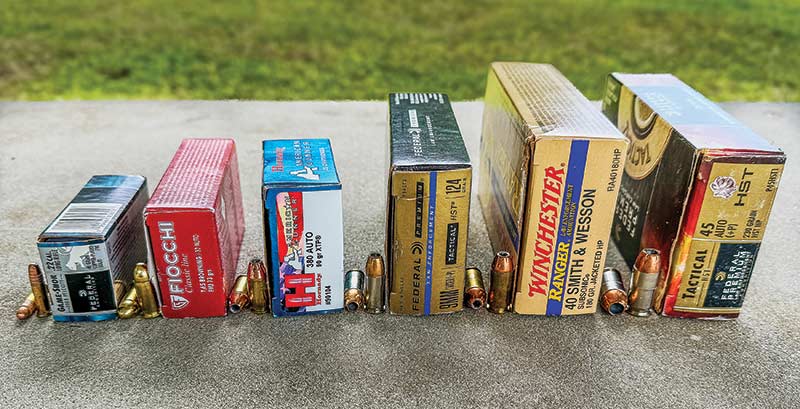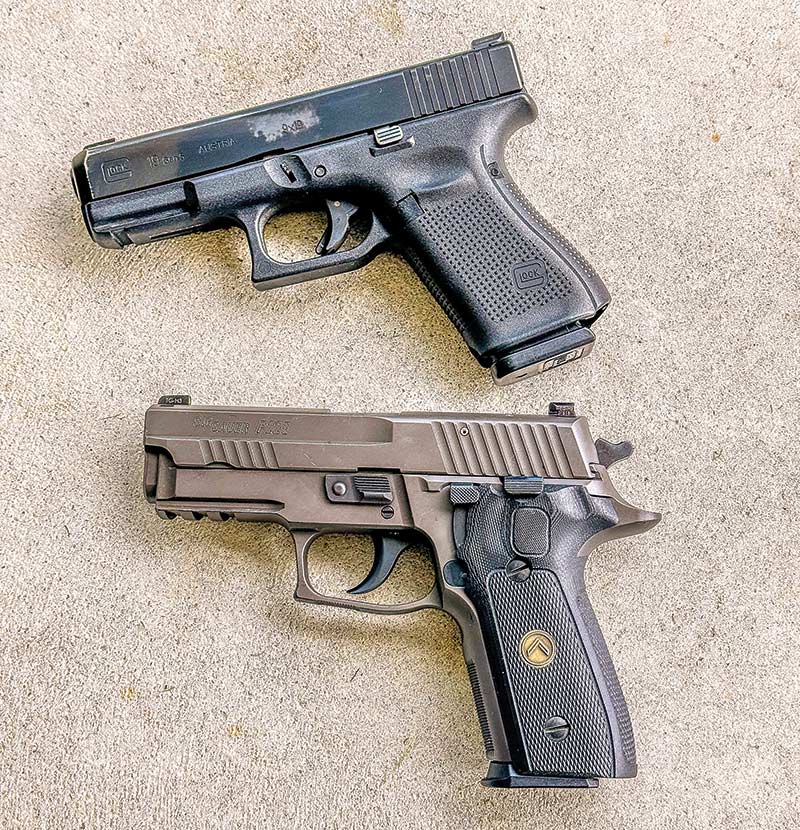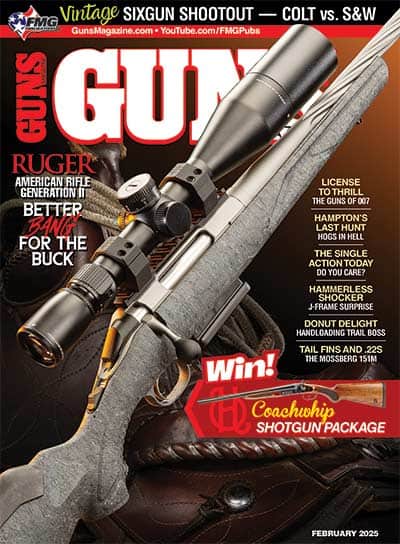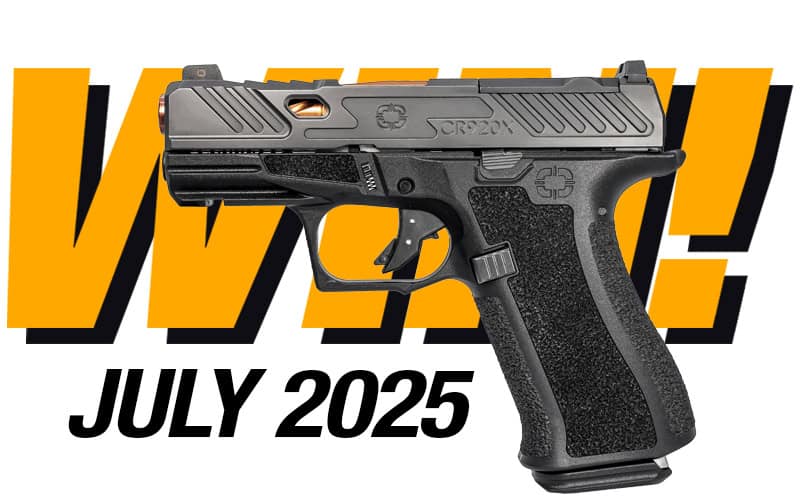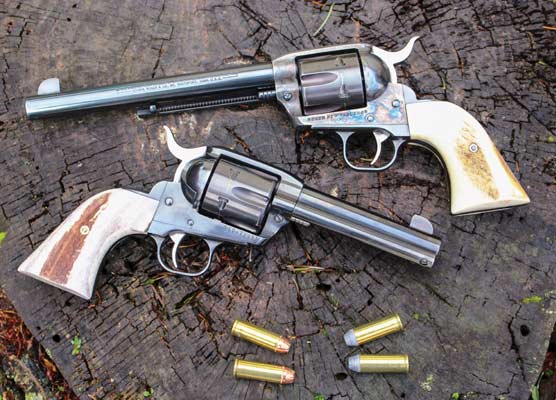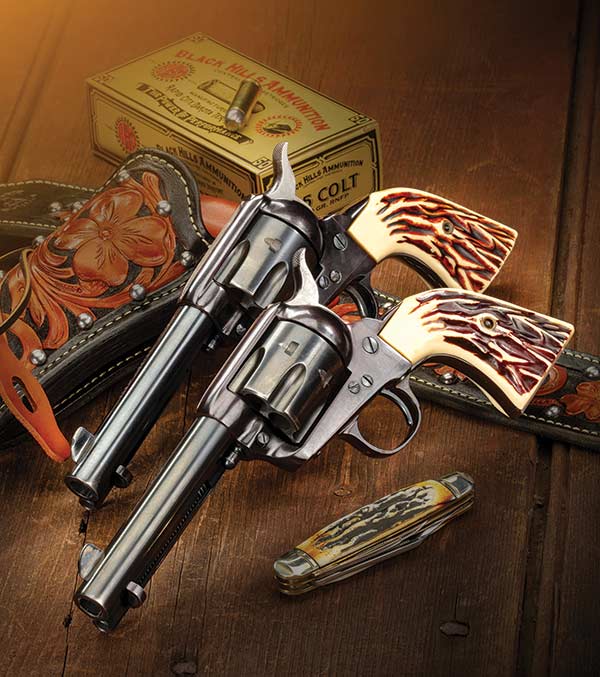Powering Down
How Much Ballistic Horsepower Do You Really Need?
There seems to be a value system on the gun-related internet forums that says, “If you carry more than I do, you’re a paranoid mall ninja; and if you carry less, you’re a pathetic sheeple doomed to die in da streetz.”
I don’t buy it
Every lawfully armed American gets to determine their own “threat profile” and arm themselves accordingly. Back when Smith & Wesson was selling their LadySmith line with a slogan touting the best in “feminine protection,” I wondered if they meant a .45 for heavy days and a .38 for light days.
Let’s get real. On the one hand, the person carrying only a .380 with no spare ammo is a whole lot safer than the vast majority of citizens who go about their daily affairs unarmed. That said, we don’t see a whole lot of bad guys instantly ceasing hostility from a single body shot with the 9mm Short. We see a whole lot more “one shot stops” with larger calibers and the more powerful the gun, the more likely a happy outcome is to be achieved. Any professional big game hunter will tell you that, assuming identical shot placement, large, mean four-legged creatures go down faster when hit with more powerful rifle bullets. Much the same is true of large, mean, two-legged creatures and handgun bullets.
Current Trends
I see quite a few credentialed professionals these days endorsing .22s and guns in the .32 caliber range for personal defense. Some speak of the “small handgun lifestyle” and the “J-Frame lifestyle,” explaining if one is not hunting criminals for a living or being stalked by one, a lesser weapon should suffice.
It’s a nice theory, but whenever I hear it, the words popularized by John Hearne ring in my ears: “It’s not about the odds, it’s about the stakes.” Hearne is one of the rising stars in the training business and you would be wise to take training from him (twopillarstraining.com). Whenever I’ve interacted with John, he was carrying something between a 9mm and a .45, and spare ammo. There is a lesson there.
The vast majority of armed citizens defensive gun usages (DGUs) end without any bloodshed on either side — the assailant realizes he is about to die from a sudden and acute failure of the victim selection process and surrenders or flees. What we’re looking at here, mostly, is the situation on the far end of the defensive bell curve when the criminal perpetrator forces you to shoot. Larger guns are generally more conducive to fast, straight shooting under stress, and we’ve already discussed the “power factor.”
Larger guns hold more rounds and current crime trends — larger groups of felons, criminals with body armor, attackers on substances making them insensitive to pain and bad guys who understand tactical movement and cover — all mean more rounds likely to have to be fired to achieve a “stop.” None of these situations are better served with a smaller, less powerful, harder-to-shoot defensive firearm that holds less ammunition.
Comfort Factor
Personally, being afflicted with both arthritis and sciatica, I experience only mild discomfort for the most part carrying the full-size all-steel .45 auto that has been a lifelong companion. If sciatica gets bad, I revert to my “orthopedic holster,” a shoulder rig to get the weight off the hip. About three-quarters of the time, these days I carry a 16-shot 9mm with spare ammo. The ammo is the best I can get because the smaller the caliber, the pickier you have to be about ammunition and the best modern 9mm rounds will certainly get you through the night. I live in hot, humid Florida and an unbuttoned Columbia-style shirt over a T-shirt conceals the hardware discreetly and comfortably. Today’s holsters and dress gun belts make it easy and comfortable. I leave the smaller stuff for the last-ditch backup gun role.
Why? My work has led me to debrief more gunfight survivors than most people will ever meet. Three men come to mind. Their convenient, primary guns were a little Colt .380, a Seecamp .32, and a five-shot S&W J-Frame Airweight .38 Special. Each of them froze in a deadly danger situation because they feared their gun wouldn’t let them stop the threat. The guy with the .32 survived only because the gunman didn’t feel like murdering anybody. In the other two cases, people were killed.
All three of them hated themselves forever after for their lack of confidence. I don’t ever want to have to go through what they went through. And I don’t want you to have to, either.

